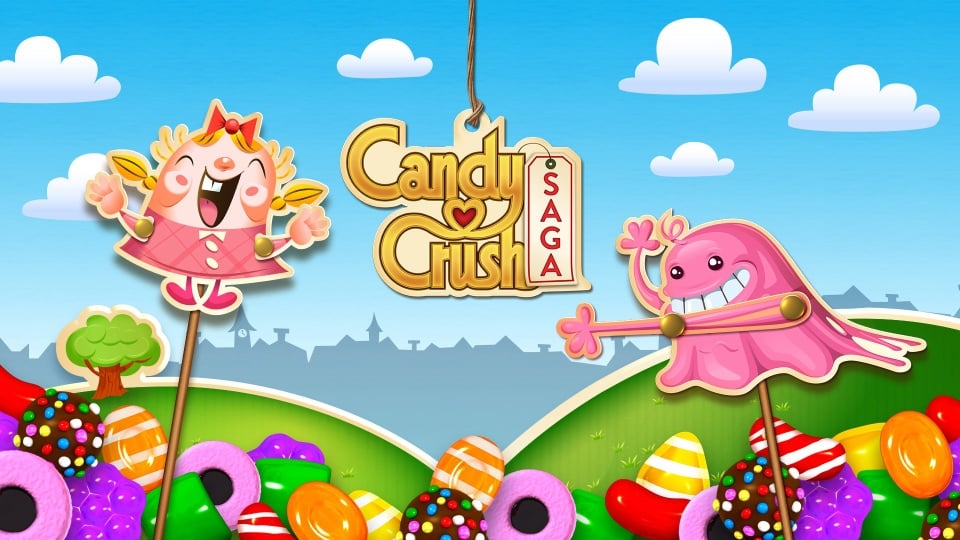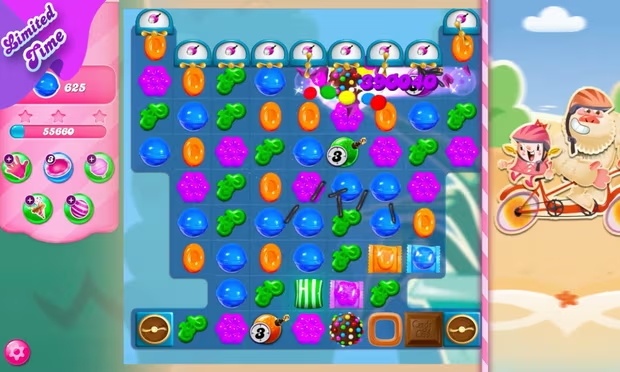 |
Candy Crush Saga, a game with hundreds of millions of users. Photo: Microsoft . |
Players who are conquering over 18,700 levels in Candy Crush Saga might be surprised to learn that they are solving puzzles designed with the help of artificial intelligence. The game's developers are using AI to improve the experience, catering to the large number of players who enjoy challenges.
Todd Green, general manager of the Candy Crush brand, said that applying AI in this way saves time so they can focus on creating new levels. It would be very difficult for designers to manually update and adjust over 18,000 levels without initial AI support, he said.
The use of AI in the video game industry has also received mixed reactions. Unlike Green, some opinions, from voice actors to those directly involved in game development, suggest that this technology could threaten their livelihoods. This led to the SAG-AFTRA strike in late July 2024.
"We're not bringing chatbots into the game, nor are we integrating AI-powered design experiences for direct player use," Green said, emphasizing that the technology is not intended to replace human resources in the gaming industry. He shared that instead, AI will address existing problems, speeding up efficiency and accuracy in the work.
In the U.S., spending on video game content is projected to reach $51.3 billion by 2024, according to data from the Entertainment Software Association (ESA). Of that, consumers spend half on mobile games. This is also the most popular form of gaming among users aged 8 and older.
 |
A typical chess scene from the game. Photo: Candy Crush/YouTube. |
Since its initial launch on Facebook in 2012, Candy Crush has been continuously updated, recently releasing its 300th client version. Gaming giant Activision Blizzard, now owned by Microsoft, acquired King, the game publisher, in 2016 for $5.9 billion .
Joost Van Dreunen, author of a book on the economics of the video game industry, observes that Candy Crush is in a unique position. This free app is over a decade old, boasts millions of players, and serves a “content-hungry user base.” The demand is so high that using AI to offload the workload makes perfect sense, he says.
What's unique about Candy Crush is that each level is technically just a single board. "With AI and a database of previously created human-made levels, accelerating and expanding the creation process to generate more content is a logical step," Dreunen shared. This will result in more levels for users.
King uses AI to focus on two distinct areas. The company wants to ensure new boards are engaging from the very first play. Meanwhile, older boards, including those from years ago, are still worth experiencing. The AI acts as a behind-the-scenes engineer, not to create new content.
Green shared that because there weren't many people trying out the game and giving feedback, they were forced to start from scratch. Additionally, the company focused on a customer base that had played before, who might take a break and then return out of curiosity about something new.
The CEO said the company also frequently talks to players. By observing their reactions to each level, their completion rate, and the frequency of board shuffles, the design team can develop an optimized process.
The application of AI means that instead of improving just a few hundred, the team can upgrade thousands of screens per week. This is partly because they have been able to automate the process of sketching out improved versions.
The levels aren't arranged in order of difficulty. An easy level might appear after a few difficult levels (or vice versa) to create a sense of variety. "To some extent, this is obviously subjective. Everyone will perceive it differently," Green said.
Source: https://znews.vn/tua-game-quoc-dan-dung-ai-nhu-the-nao-post1552966.html















































![[VIMC's 40-day rapid rollout] VOSA accelerates the deployment of a comprehensive logistics solution for HODA.](https://vphoto.vietnam.vn/thumb/402x226/vietnam/resource/IMAGE/2025/12/23/1766473634002_vosa-23-12-25-2_upscayl_2x_remacri.jpeg)















![[Photo] Closing Ceremony of the 15th Conference of the Central Committee of the 13th Party Congress](https://vphoto.vietnam.vn/thumb/402x226/vietnam/resource/IMAGE/2025/12/23/1766462841764_a1-bnd-3731-1647-jpg.webp)

































Comment (0)